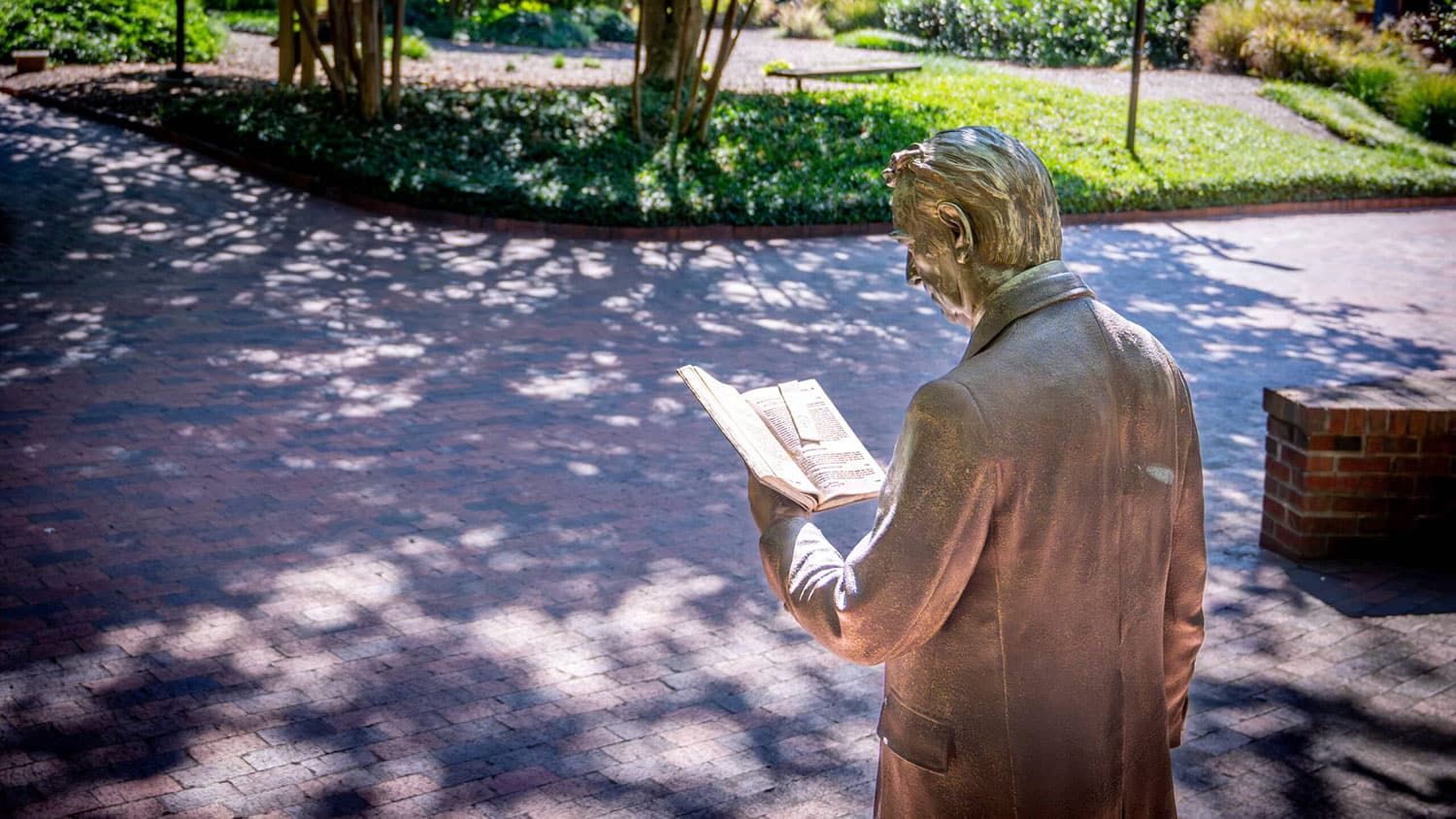Fighting TB as Easy as 1-2-3
It’s one of the world’s most intractable medical problems, spreading at the alarming rate of one new infection every four seconds. The disease is tuberculosis, and it has now infected up to one-third of the people on Earth, primarily in the developing world, where diagnostic and treatment tools are scarce. And it’s an effective killer, claiming 1.7 million victims every year.
But those numbers may change, thanks to the pioneering work of three NC State undergraduates, who have developed the first practical diagnostic device for TB that is cheap, fast and accurate.
“Here’s the simple explanation,” says Daniel Jeck, a biomedical engineering student. “You take a patient’s saliva and put it on a slide. Then you place the slide in our device. If it glows green, then the patient has an active case of TB. Diagnosing tuberculosis is now as easy as counting glow-in-the-dark stars on the ceiling.”
It seems simple now, but it was a real challenge – and one that had stumped professional medical device developers for years. But Jeck wasn’t alone on the project. He teamed up with two other students in the university’s rigorous Engineering Entrepreneurs Program: fellow biomedical engineering major Pavak Shah, and Hersh Tapadia, an electrical and computer engineering major.
“Our instructor told us that the most successful teams are multidisciplinary,” Shah says. “That’s true. We argued a lot, but we couldn’t have done it alone.”
What they’ve done has the potential to save thousands of lives and millions of dollars in the developing world, where up to 40 percent of all active TB cases are missed by clinics and hospitals using traditional diagnostic tools.
“In India they require three tests,” says Tapadia. “So by the time you get the test results, the disease has progressed and even spread to other people.”
Shah, whose parents were born in India, often visits relatives on the sub-continent. He says the medical infrastructure in the developing world isn’t equipped to stop the spread of tuberculosis.
“For active TB, the way most of world diagnoses it is to collect sputum, smear it on a slide that’s treated with a stain, and then look at the slide at 1,000 times magnification. That requires a trained microscopist, which is very expensive.”
It’s also slow and tedious. At 1,000 times magnification, a microscopist can scan just a small section of each slide. The NC State students estimate you could scan 45 times more area of each slide in less than one minute using their device.
And they really do mean “you.” The device can be used by anyone who can use a computer, not just a trained microscopist.
The groundbreaking device is just the latest technological marvel to emerge from NC State, where university officials launched a campuswide entrepreneurship initiative last year to expand on the success of the engineering program. NC State holds 641 active patents and has another 141 pending. It’s spun off 72 start-up companies based on technology developed by university researchers.
Programs like the Engineering Entrepreneurship Program are transforming students’ classroom experiences, confronting them with real-world problems and training them to think like the world’s most successful entrepreneurs. Shah heard about the program from a neighbor who graduated from NC State in 2007.
“He told me it’s an amazing program that would let me take my project to an amazing place,” he says.
He wasn’t kidding. The project began to take shape last fall after the students met with their project adviser, Dr. Howard Shapiro, a Boston physician who designs instruments that count and sort cells.
After he reviewed the student’s initial plans for the TB diagnostic device, Shapiro advised them to take a non-traditional approach.
“He told us that philosophically the way we were approaching the project – the traditional approach – was wrong,” Shah says. “He said we were trying to take an expensive box built for Europe and America, take out a few pieces and send to the Third World. He said we needed to start with a new, empty box.”
Shapiro suggested that the team build off of an instrument design he had done some initial work on, showing it was possible to detect TB bacteria with very simple hardware.
That was the turning point in the project.
“We decided that we had to create something so that you could push a button and read the test results,” Tapadia says. “It had to be that simple.”
They built the device using off-the-shelf components and a laptop computer. The device could be mass-produced for under $500 each, they estimate.
Since the innovation hit the front page of Raleigh’s News & Observer, the students have been overwhelmed with calls and e-mails, including an offer by Dr. Jason Stout, the North Carolina director of tuberculosis control, to conduct the first round of clinical trials for the device.
It’s unclear whether the development will make them rich; the students are still investigating several options, including working with a medical device manufacturer to make the technology available in the developing world.
“International patents are very hard to enforce,” Tapadia notes. “But if we put aside the issue of money, then perhaps we could partner with a nonprofit. And, anyway, the point isn’t making money. The point is saving lives.”
- Categories:


